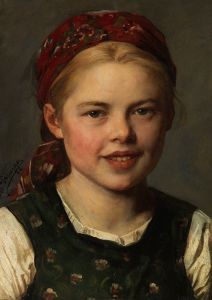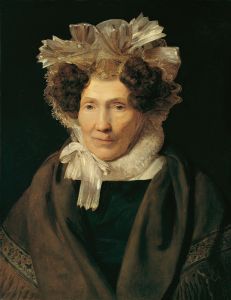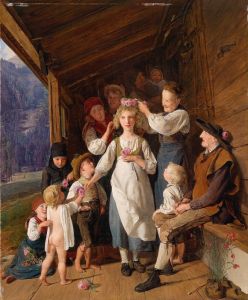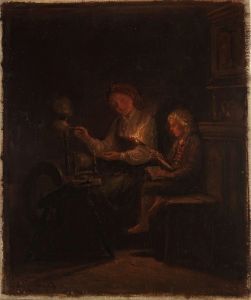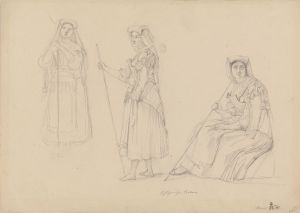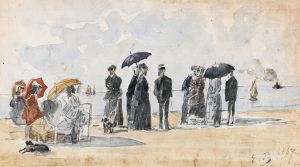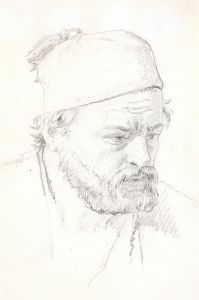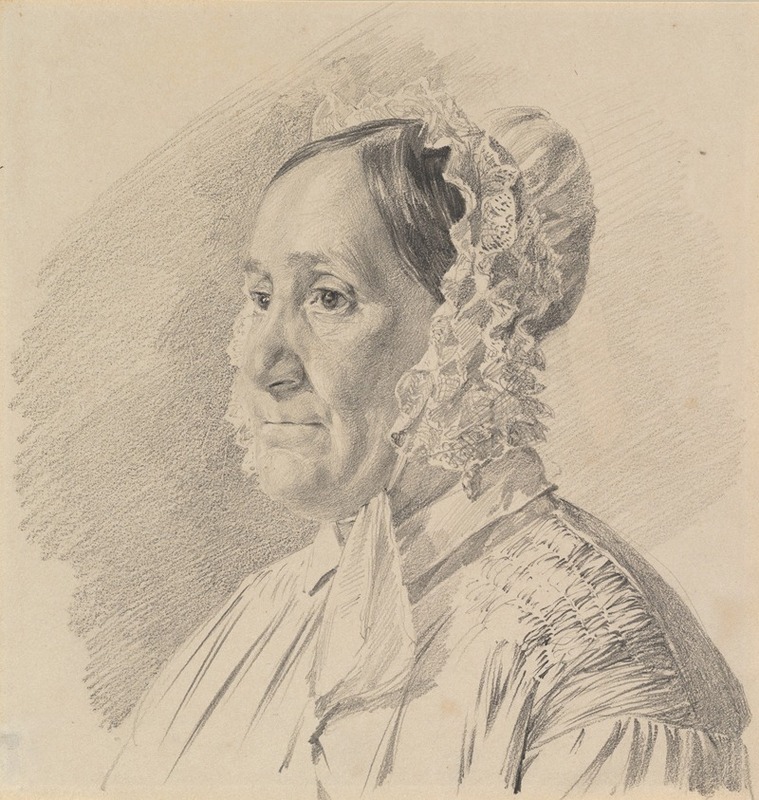
Portrait of a Woman in a Lace Bonnet, in three-quarter profile to the left
A hand-painted replica of Ferdinand Georg Waldmüller’s masterpiece Portrait of a Woman in a Lace Bonnet, in three-quarter profile to the left, meticulously crafted by professional artists to capture the true essence of the original. Each piece is created with museum-quality canvas and rare mineral pigments, carefully painted by experienced artists with delicate brushstrokes and rich, layered colors to perfectly recreate the texture of the original artwork. Unlike machine-printed reproductions, this hand-painted version brings the painting to life, infused with the artist’s emotions and skill in every stroke. Whether for personal collection or home decoration, it instantly elevates the artistic atmosphere of any space.
Ferdinand Georg Waldmüller was an Austrian painter renowned for his contributions to the Biedermeier period, a style that emphasized realism and detail in the depiction of everyday life. One of his notable works is "Portrait of a Woman in a Lace Bonnet, in three-quarter profile to the left." This painting exemplifies Waldmüller's skill in portraiture and his keen attention to detail, which were hallmarks of his artistic approach.
The painting features a woman depicted in three-quarter profile, a common pose in portraiture that allows for a more dynamic representation of the subject. The woman is adorned in a lace bonnet, a fashion accessory that was popular during the 19th century, particularly among women of certain social standings. The lace bonnet not only serves as a decorative element but also reflects the fashion and cultural norms of the time. Waldmüller's meticulous rendering of the lace showcases his ability to capture intricate textures and patterns, a testament to his technical prowess.
Waldmüller's portraits are celebrated for their lifelike quality and the way they convey the personality and status of the sitter. In this painting, the woman's expression and posture suggest a sense of dignity and poise. The artist's use of light and shadow enhances the three-dimensionality of the figure, bringing a sense of realism to the work. The subtle play of light across the woman's face and clothing highlights Waldmüller's mastery in creating depth and volume.
The background of the painting is typically understated, a technique often employed by Waldmüller to ensure that the focus remains on the subject. This approach allows viewers to engage directly with the sitter, fostering a sense of intimacy and immediacy. The neutral tones in the background also serve to complement the colors of the woman's attire, creating a harmonious composition.
Waldmüller's work is often associated with the Biedermeier period, which spanned from 1815 to 1848. This era in Central Europe was characterized by a focus on the domestic and the everyday, with art that celebrated the simplicity and beauty of ordinary life. Waldmüller's portraits, including "Portrait of a Woman in a Lace Bonnet," reflect these themes, capturing the essence of the period through detailed and realistic portrayals of individuals.
Throughout his career, Waldmüller was recognized for his contributions to art and his ability to capture the spirit of his time. His works remain significant in the study of 19th-century European art, offering insights into the cultural and social dynamics of the era. "Portrait of a Woman in a Lace Bonnet, in three-quarter profile to the left" is a fine example of his artistry, demonstrating his skill in portraiture and his dedication to realism.
In summary, Ferdinand Georg Waldmüller's "Portrait of a Woman in a Lace Bonnet" is a testament to his expertise in capturing the nuances of human expression and the intricacies of fashion. The painting stands as a valuable piece of art history, reflecting the aesthetic and cultural values of the Biedermeier period.





